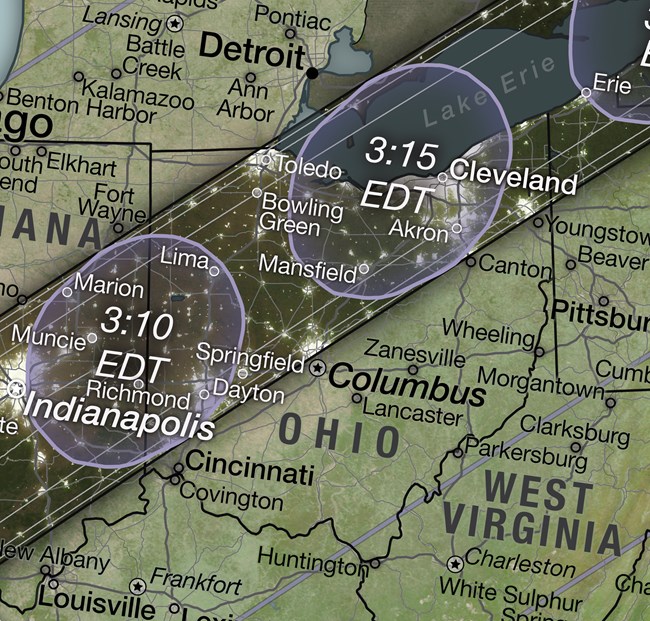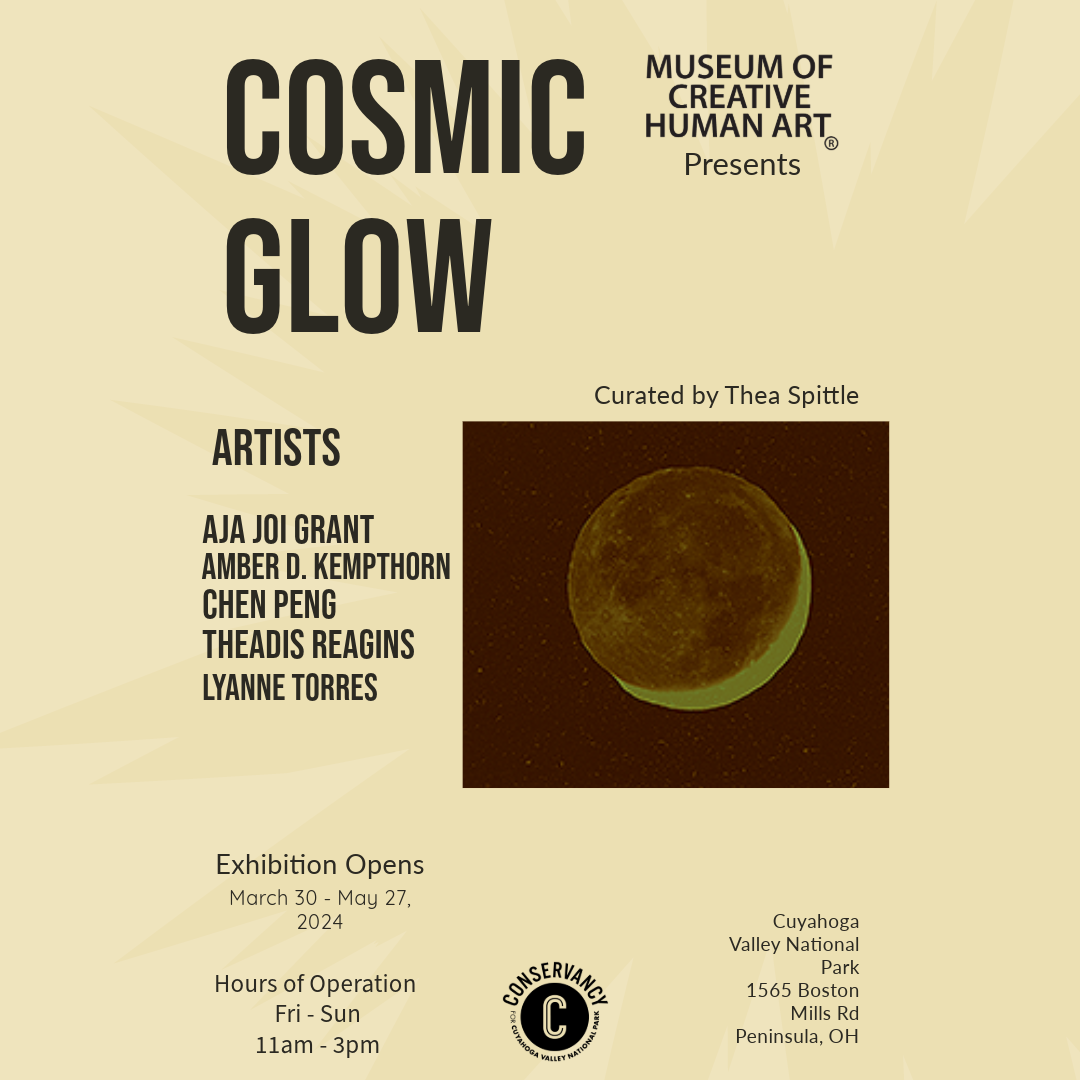
NASA's Scientific Visualization Studio On Monday, April 8, 2024 Cuyahoga Valley National Park experienced a total solar eclipse. A total eclipse occurs when the moon appears to totally obscure the sun. On average, this occurs somewhere on Earth only once every 1.5 years. The last total solar eclipse visible in Ohio was in 1806. The next one to pass over Ohio is predicted for 2099. When Was It?For over an hour, people watched as the moon slowly covered the sun, leading up to a 4-minute window of “totality” starting locally around 3:13 pm EDT. During totality, the moon completely covered the sun. The timing and duration of totality vary by location. Another hour of partial eclipse followed after totality. Safe Eclipse ViewingIt is never safe to look directly at the sun without eclipse rated eye protection. The one exception is during totality, which lasts only a few minutes. At all other times, the light of the sun can cause permanent eye damage after only a few seconds of unprotected viewing. 
Arts in the ParkCome bask in Cosmic Glow, a new multimedia exhibition inspired by the transformative potential of the eclipse. It features five Northeast Ohio artists who demonstrate how color, material, and composition all impact our perception. The exhibition opened March 30 in partnership with Museum of Creative Human Art (MOCHA). Learn more on the Conservancy for CVNP website. What Is a Solar Eclipse?A total solar eclipse is a lineup of the sun, the moon, and Earth. The moon will be directly between the sun and Earth, casting a shadow on Earth. Totality (total eclipse) occurs when the moon covers the entirety of the sun except for the corona, or sun’s atmosphere. The longest total eclipse time occurs at the center line, where you experience the moon’s shadow’s full width. Outside the cone or umbra, viewers will experience a partial eclipse. What If I Missed It?The next opportunities to experience a total solar eclipse over the United States will be in 2044 (in North Dakota and Montana) and 2045 (as it crosses from California to Florida). Learn MoreFor more in-depth information about upcoming eclipses and other celestial events, visit the NASA Eclipses page. Event CalendarExplore upcoming eclipse-related events through the calendar below. Use the arrows to view events occurring each month. |
Last updated: May 20, 2024
